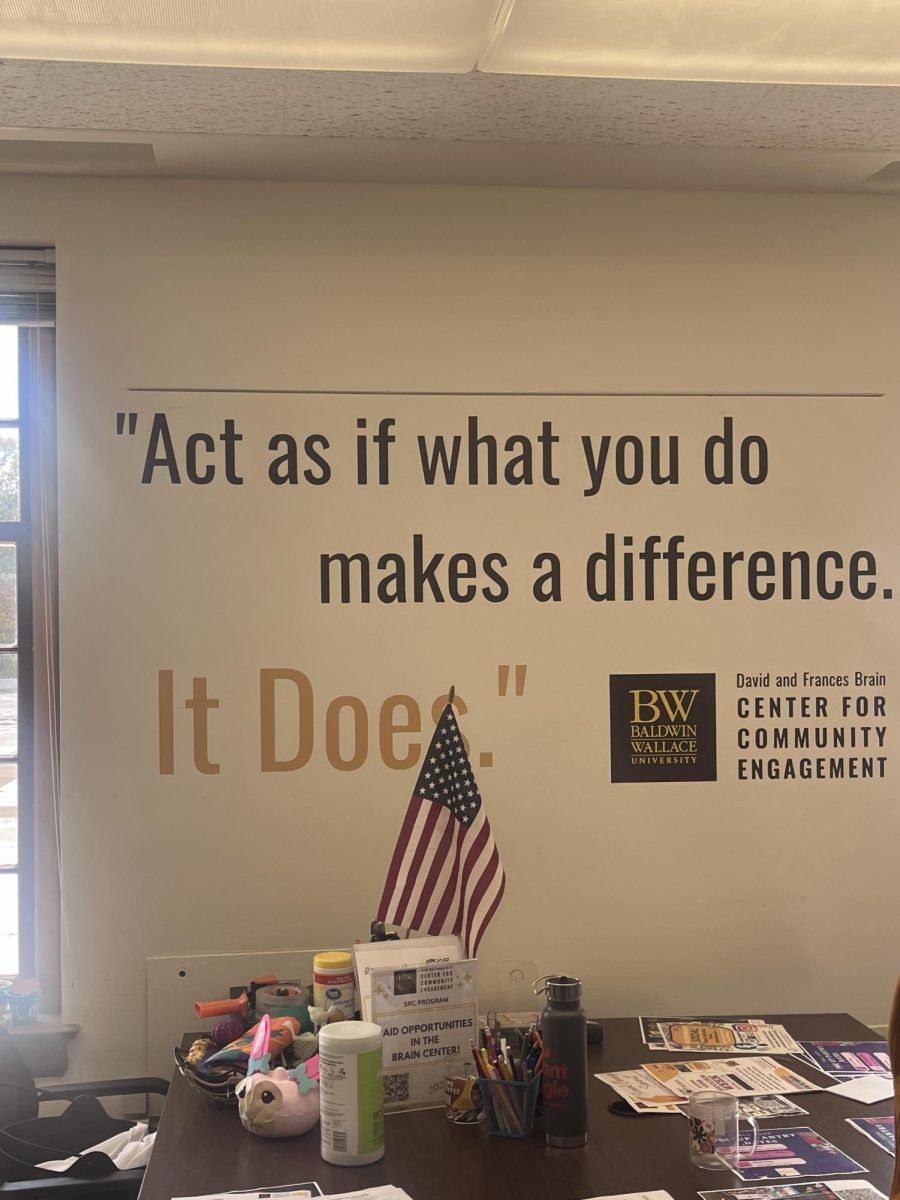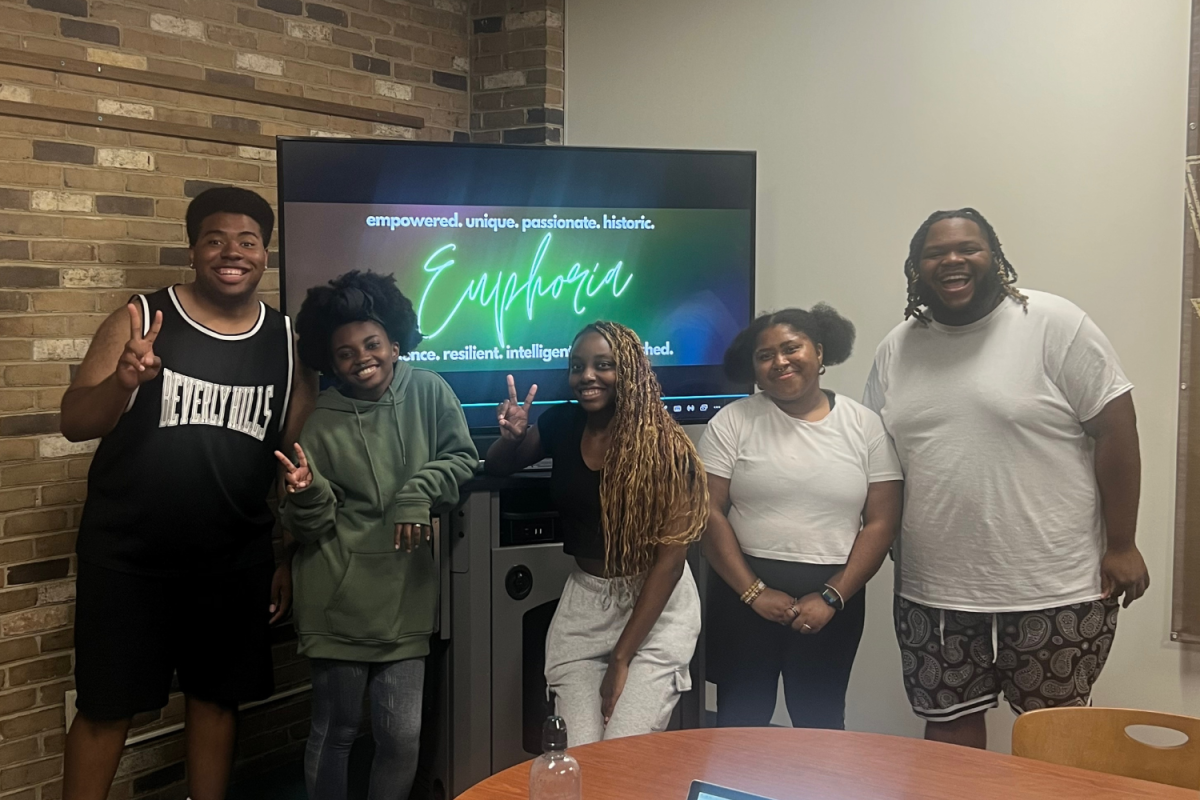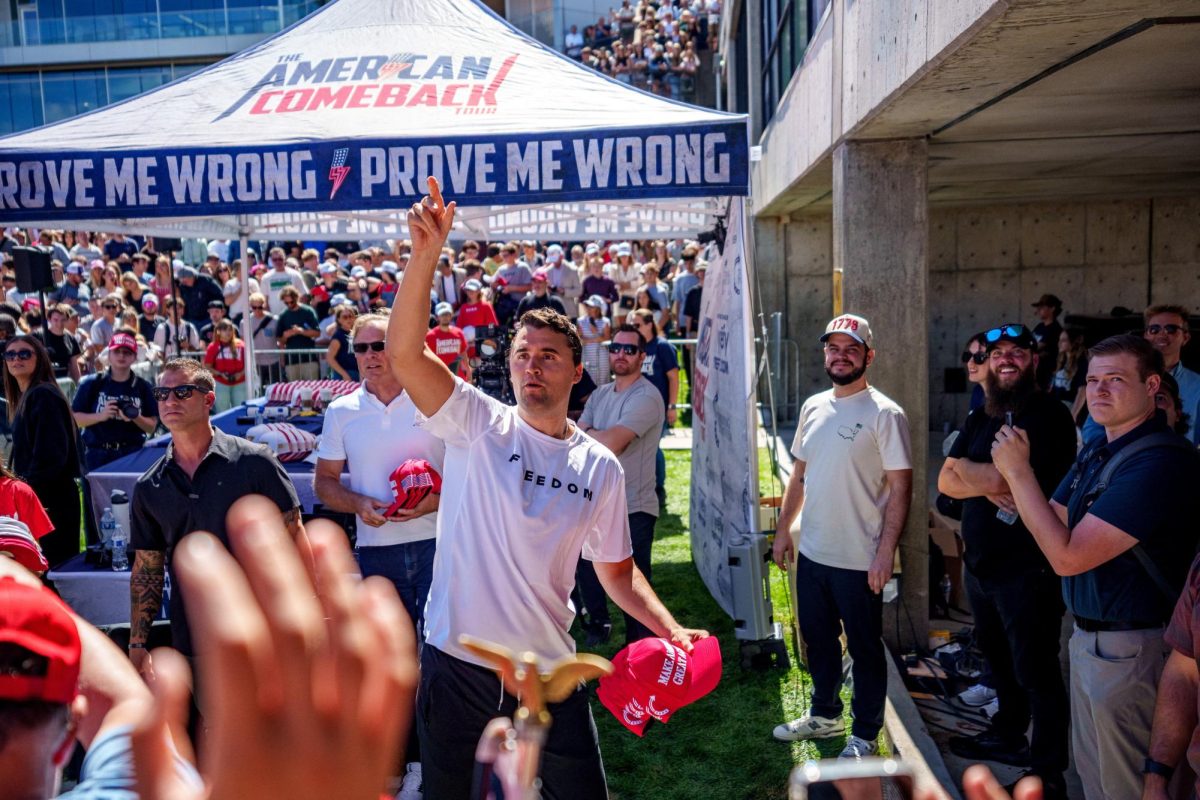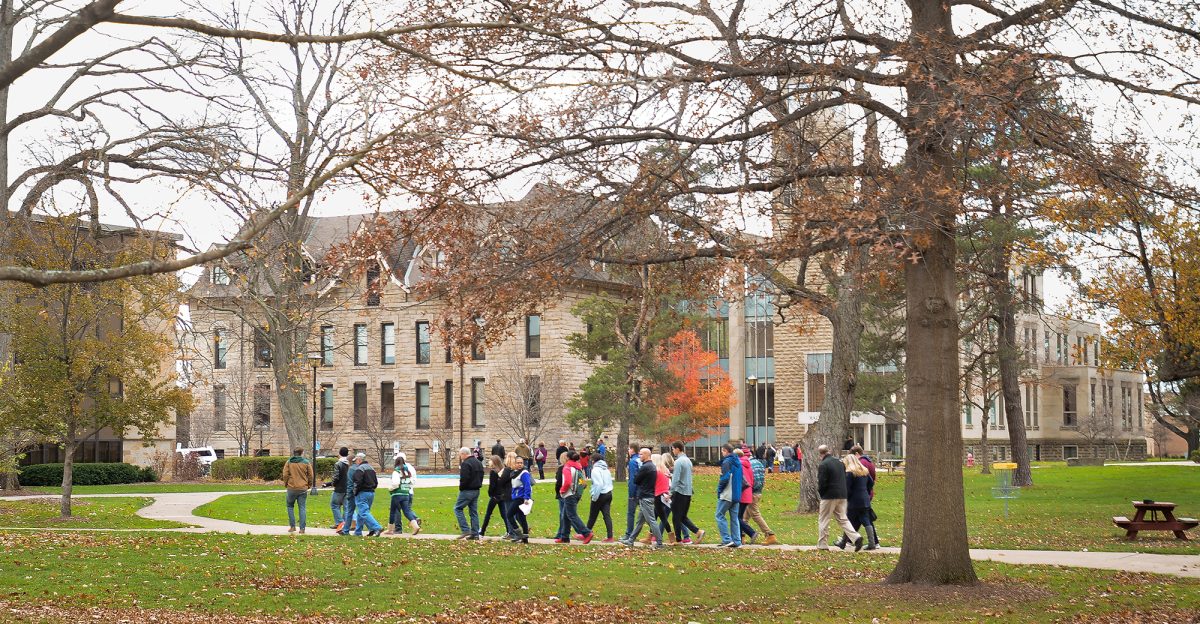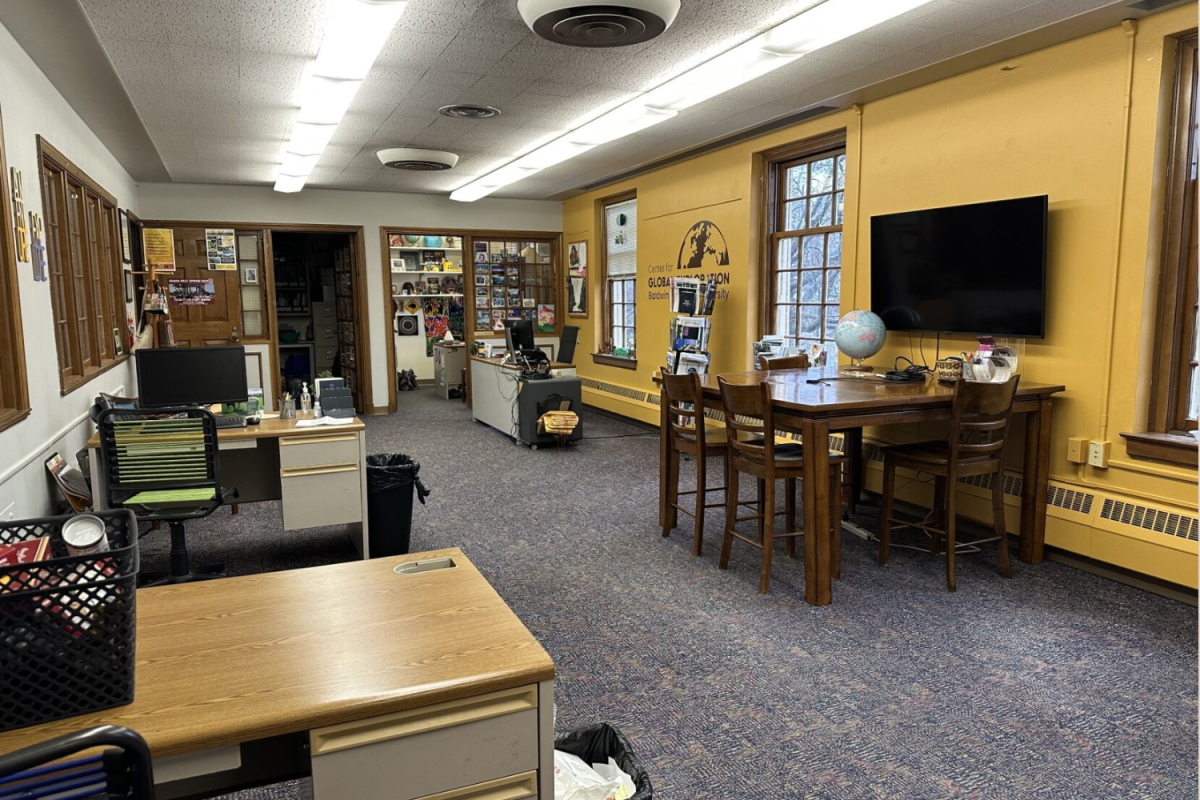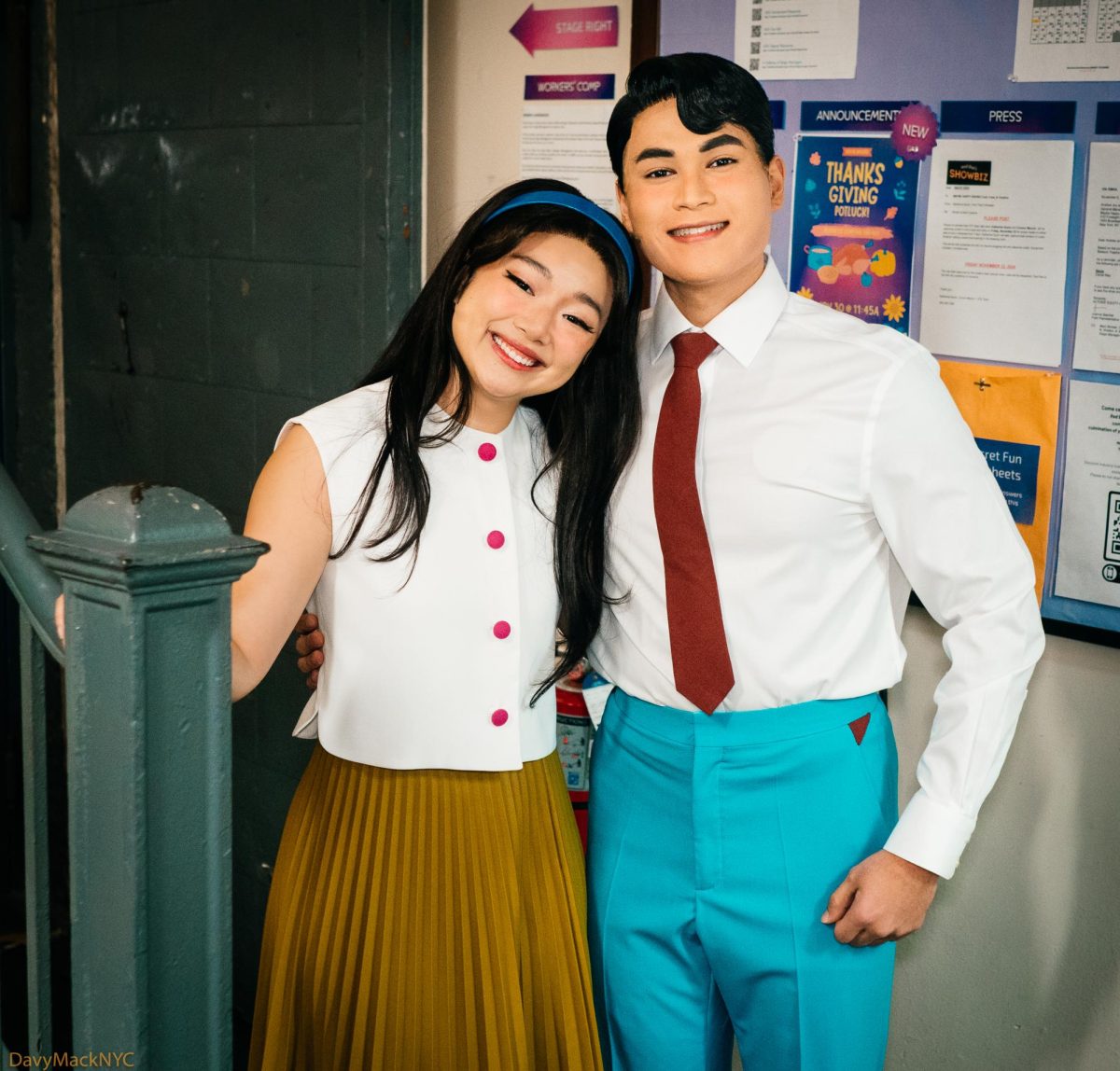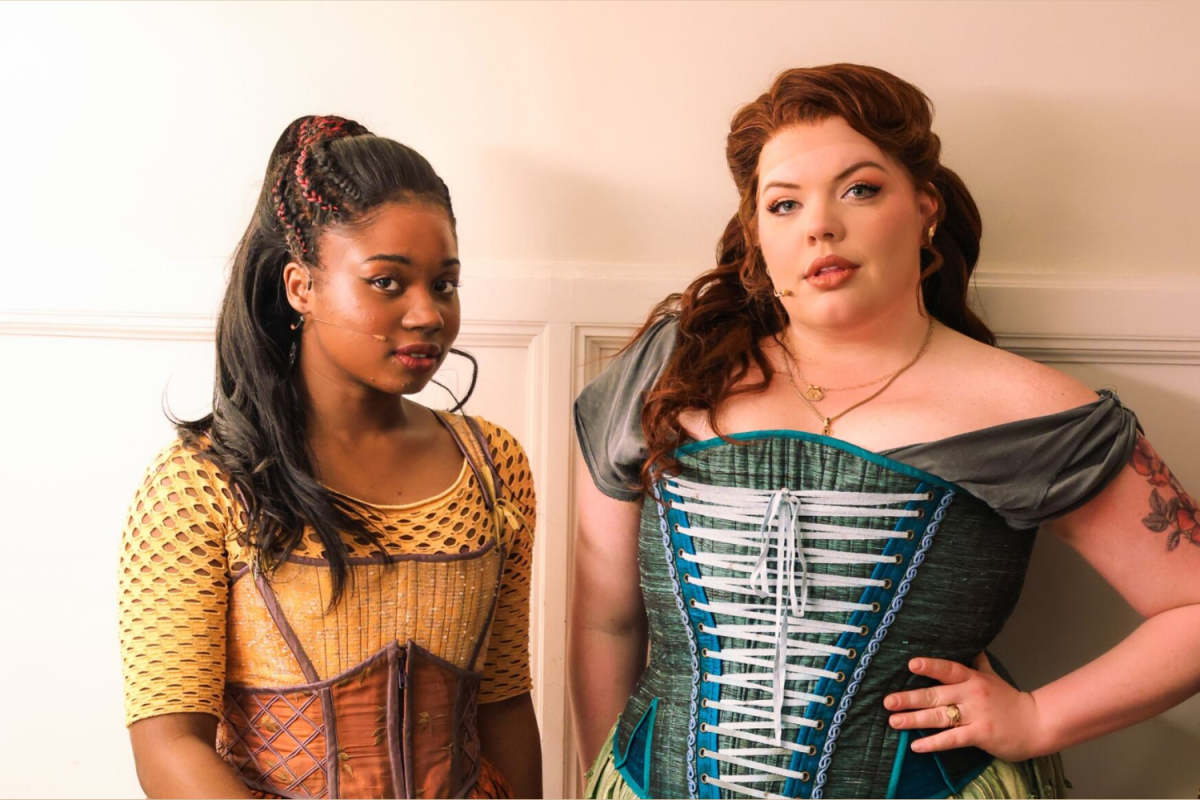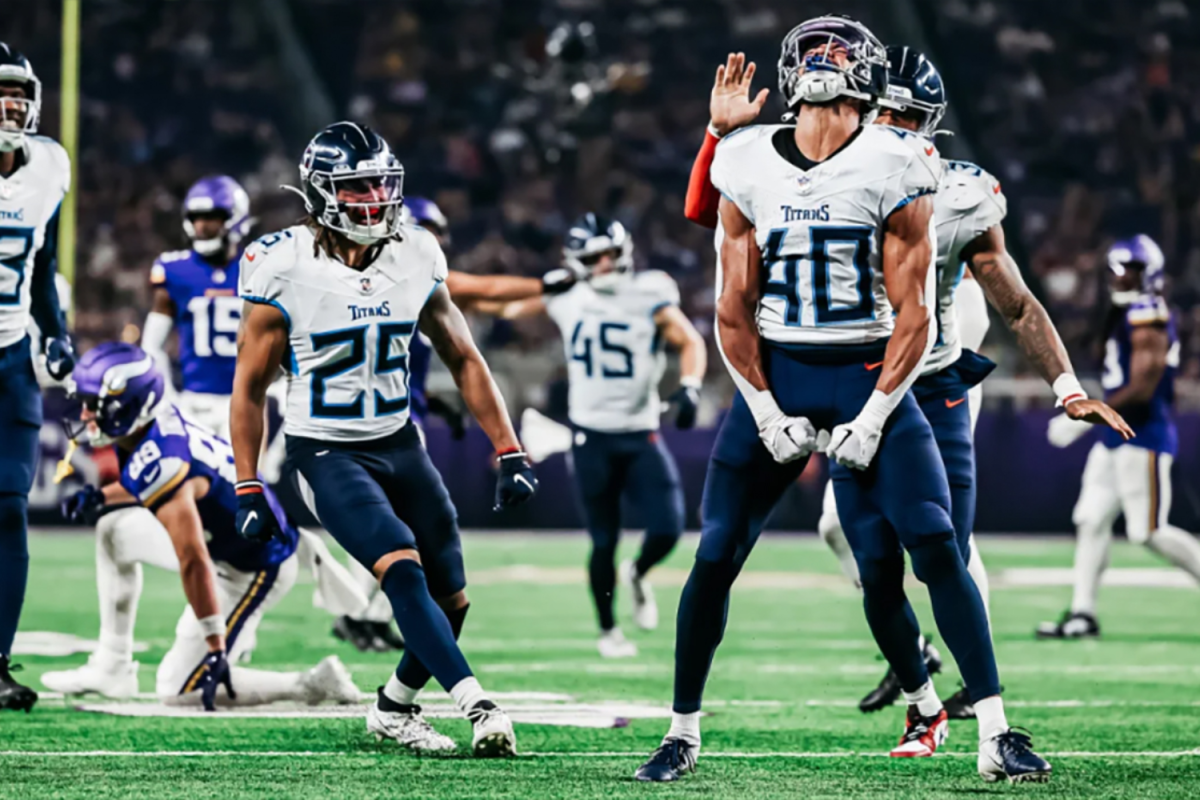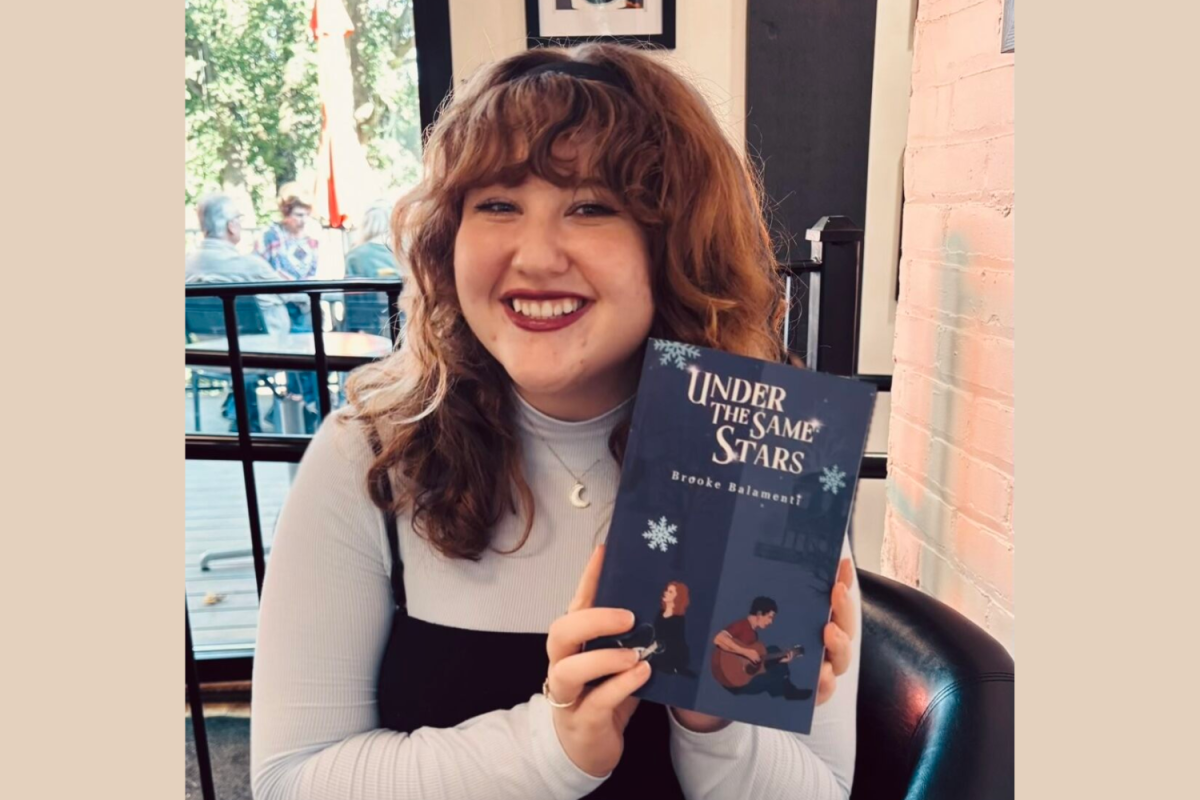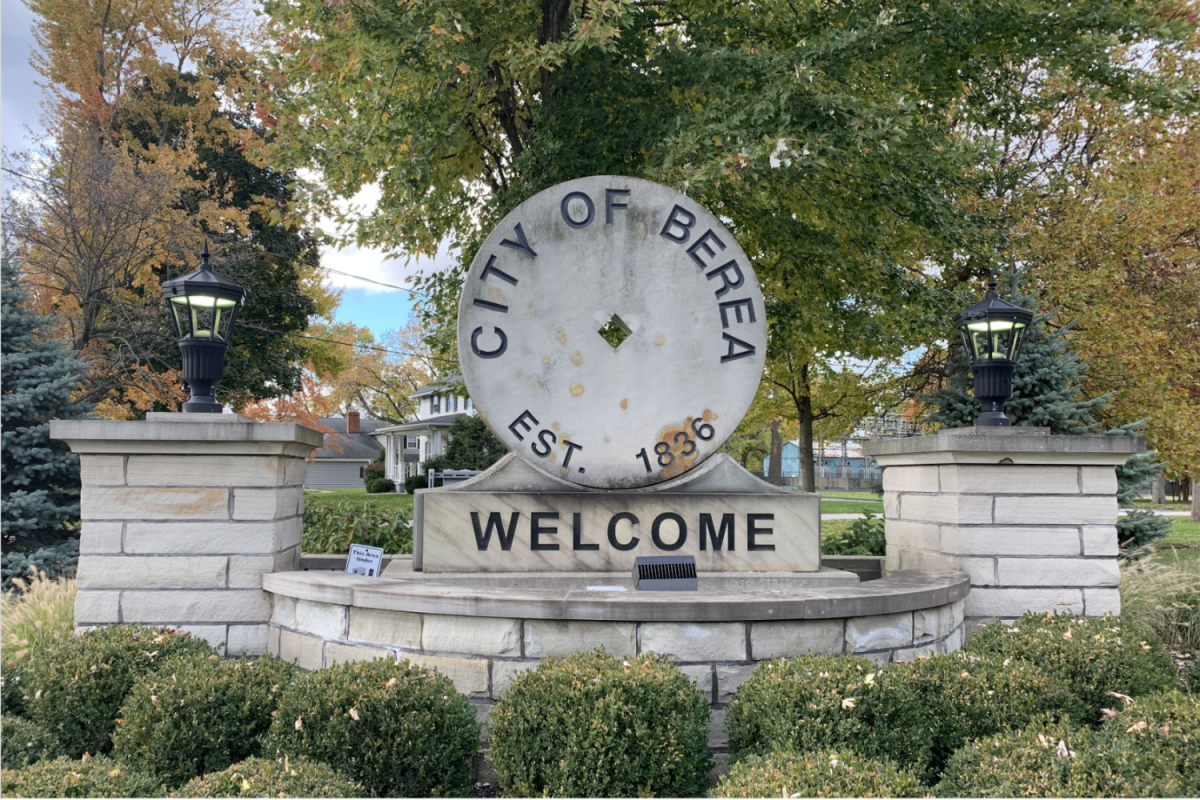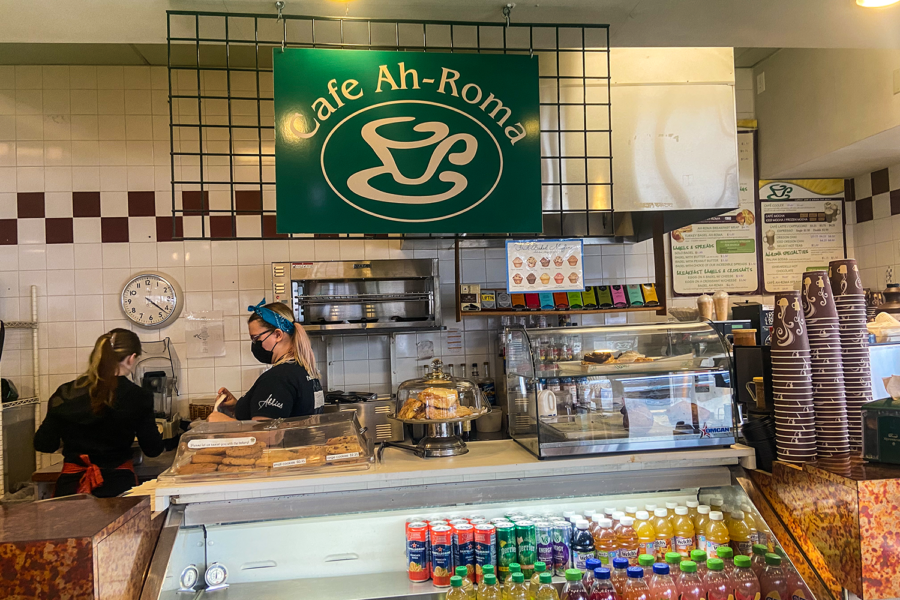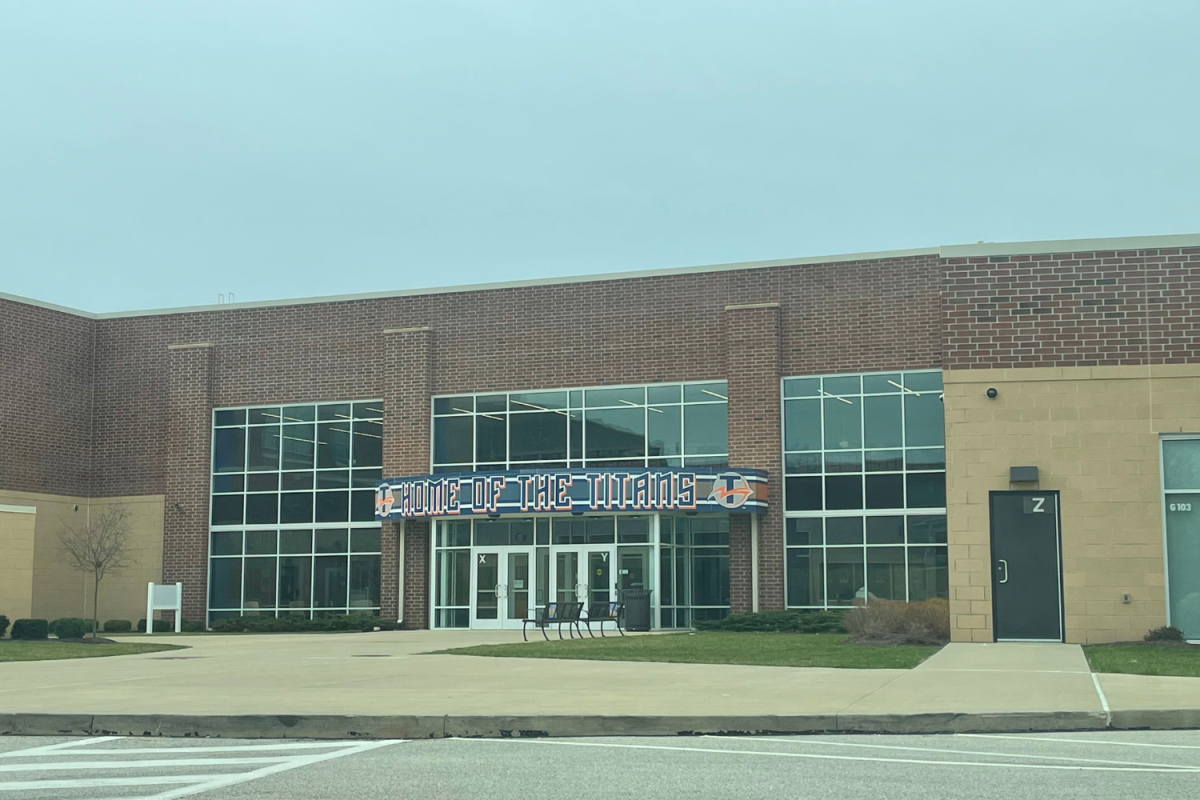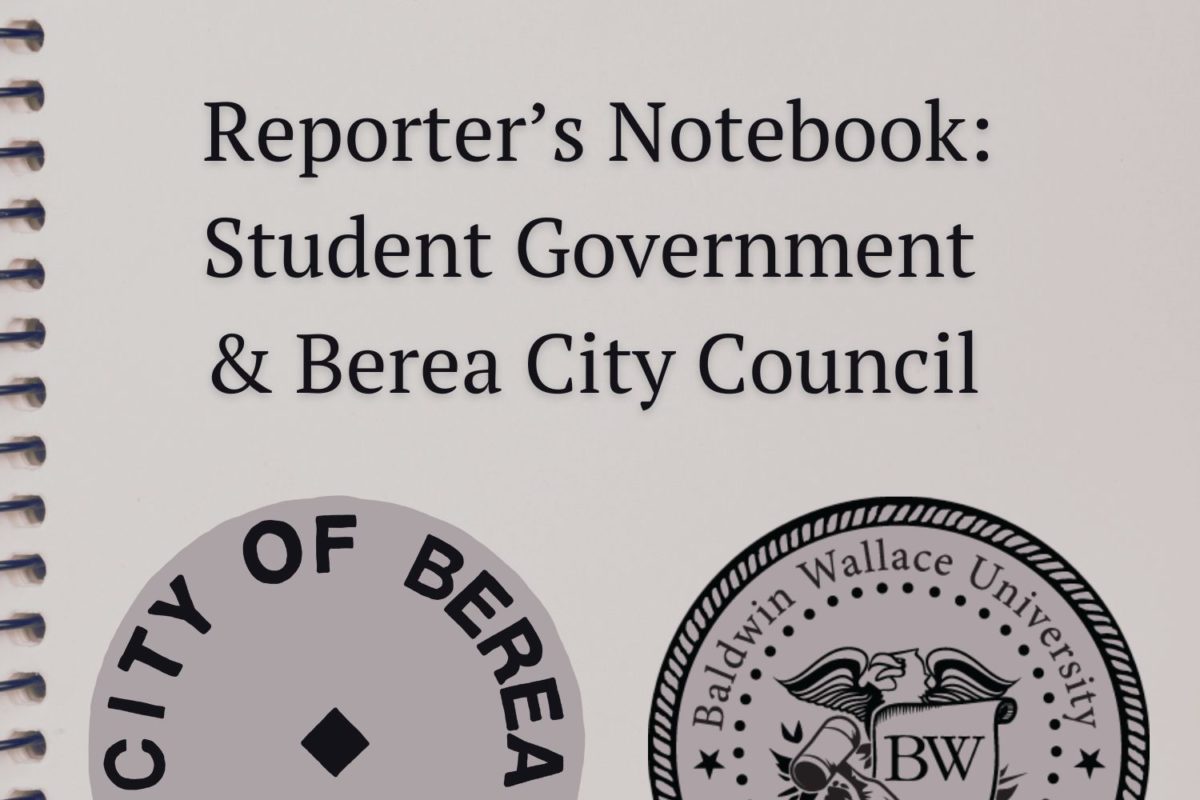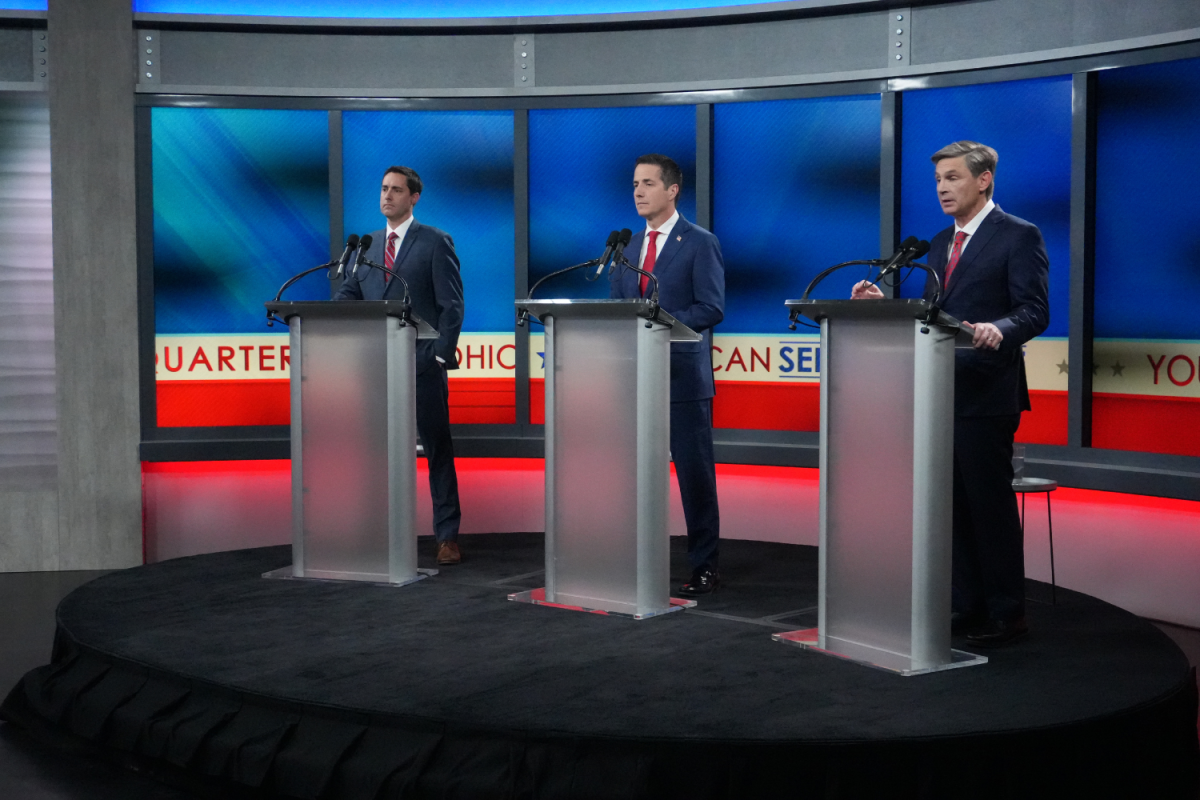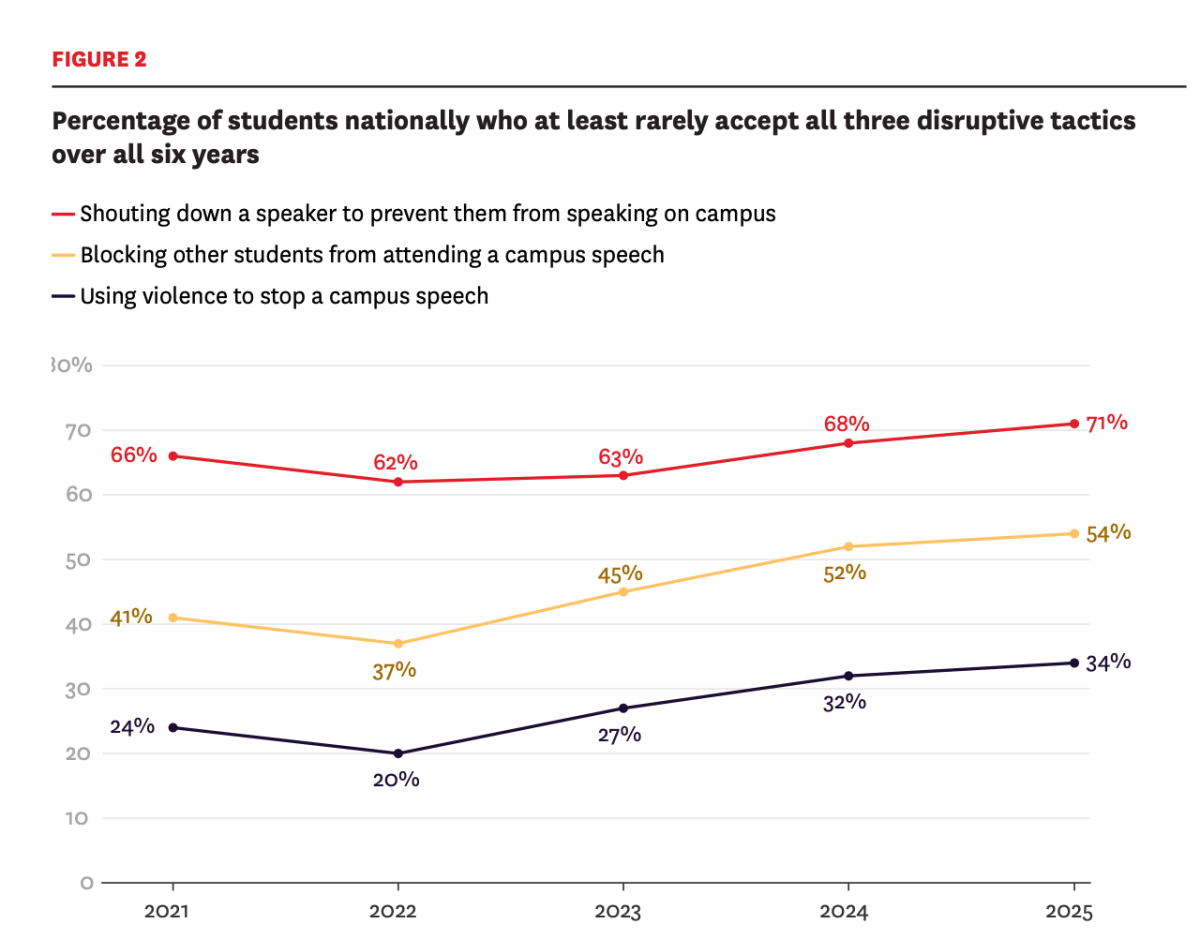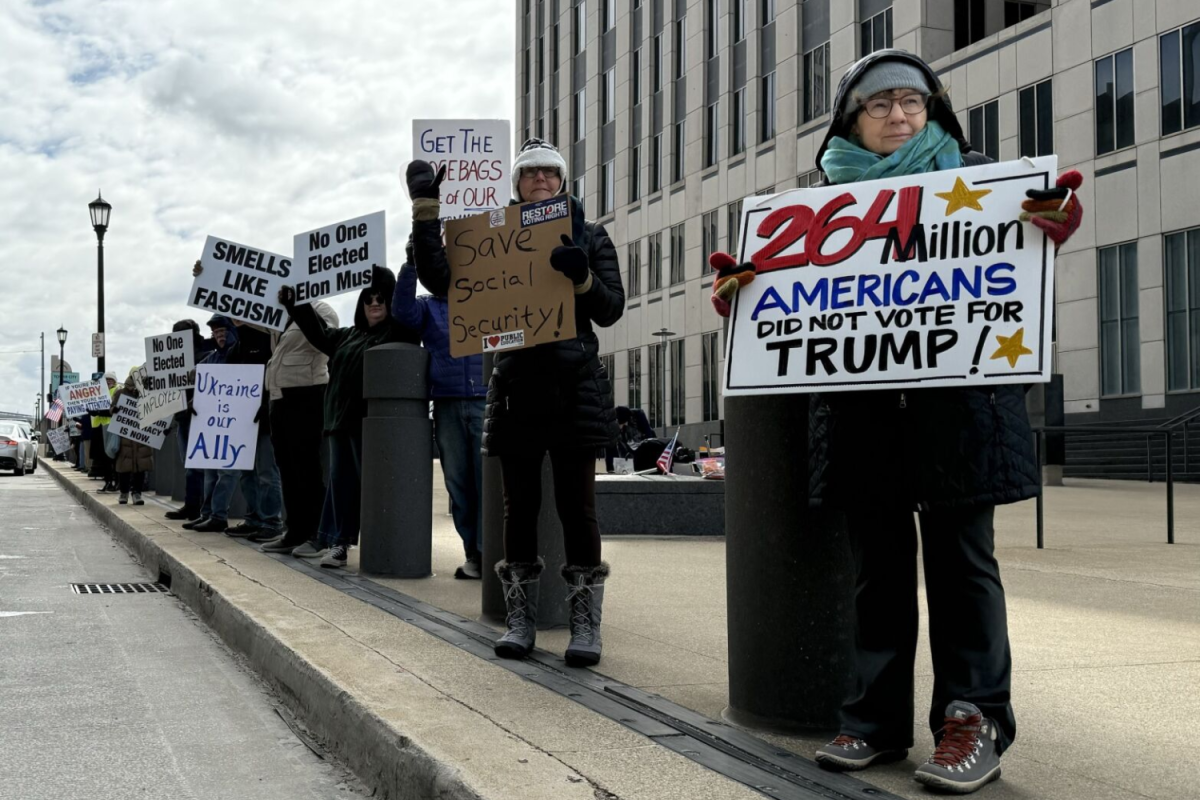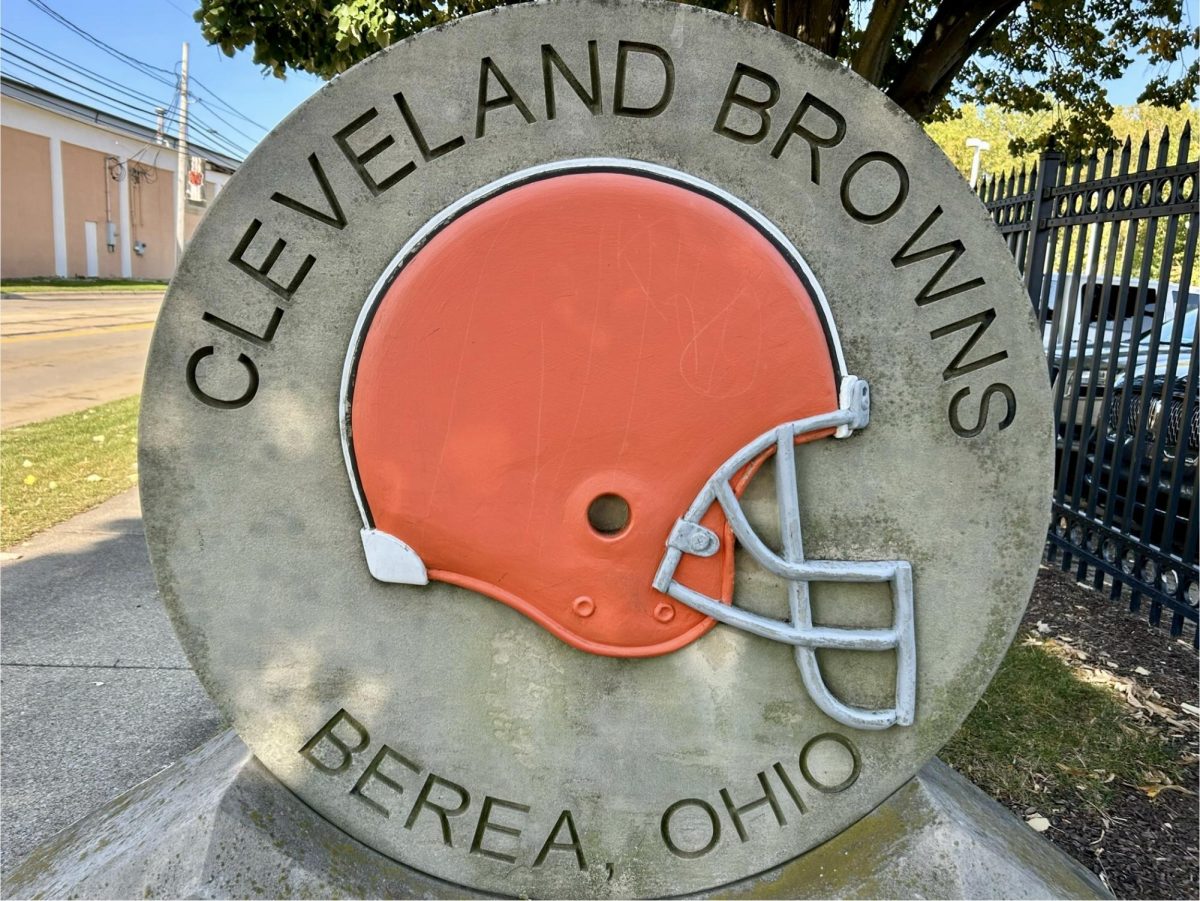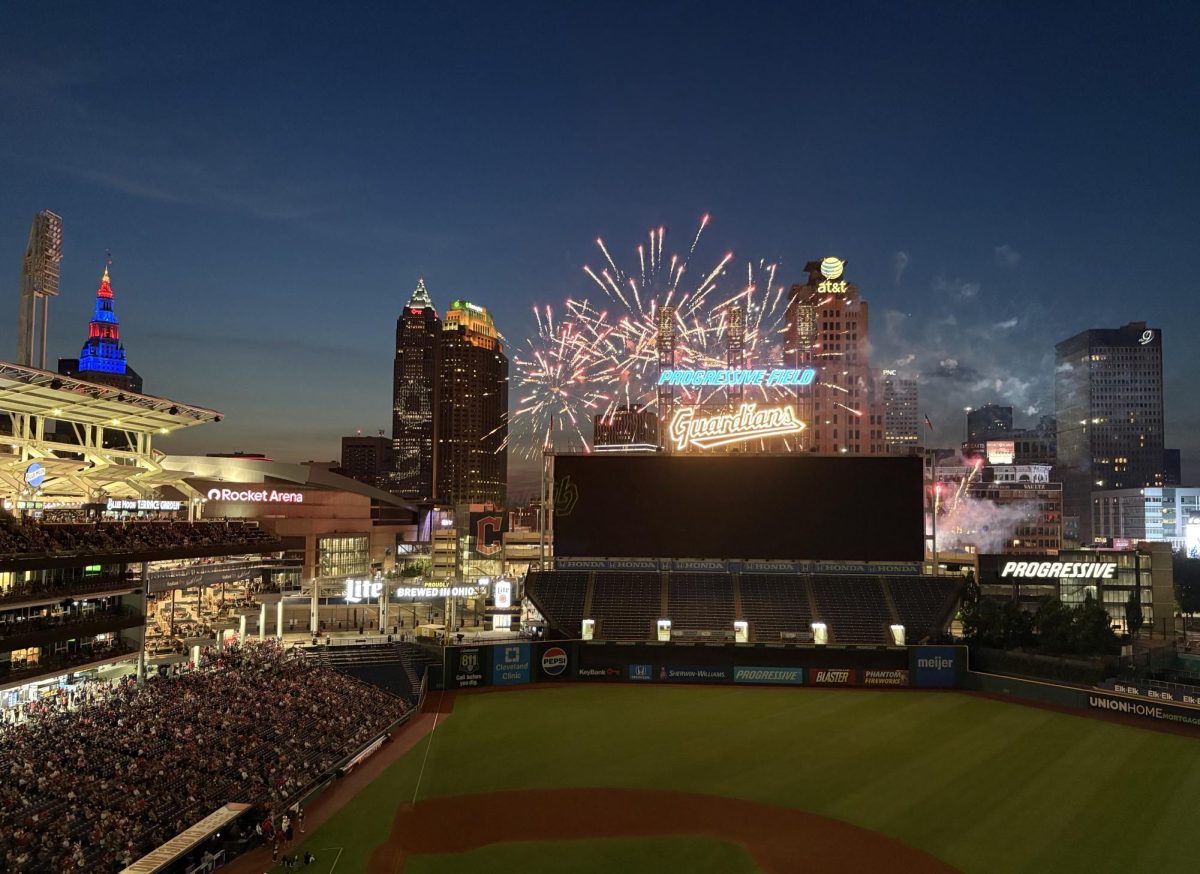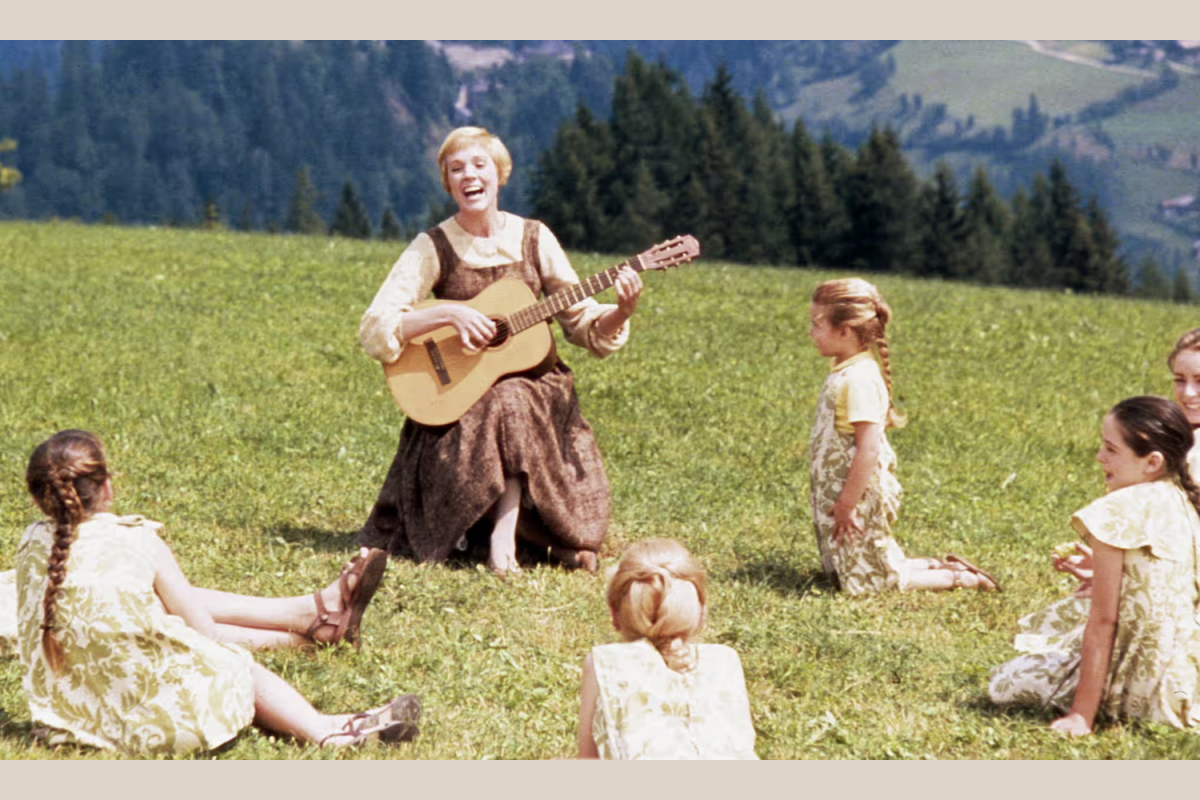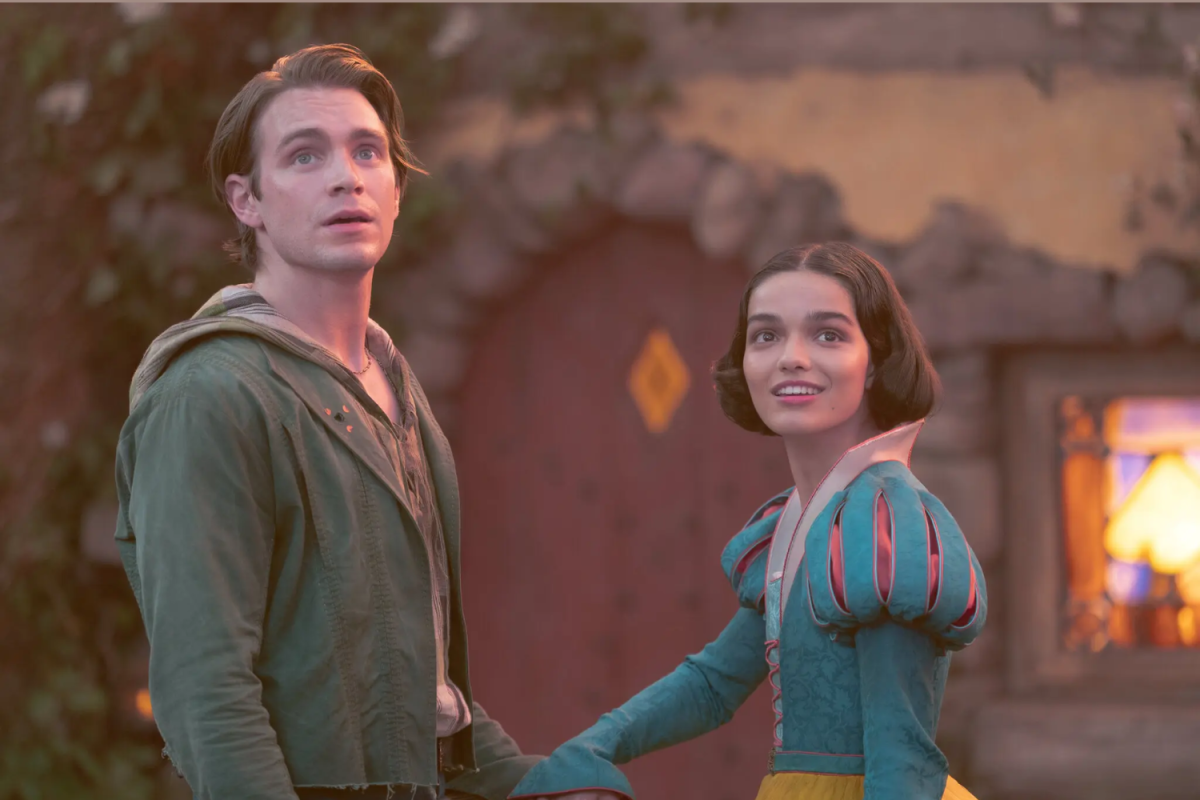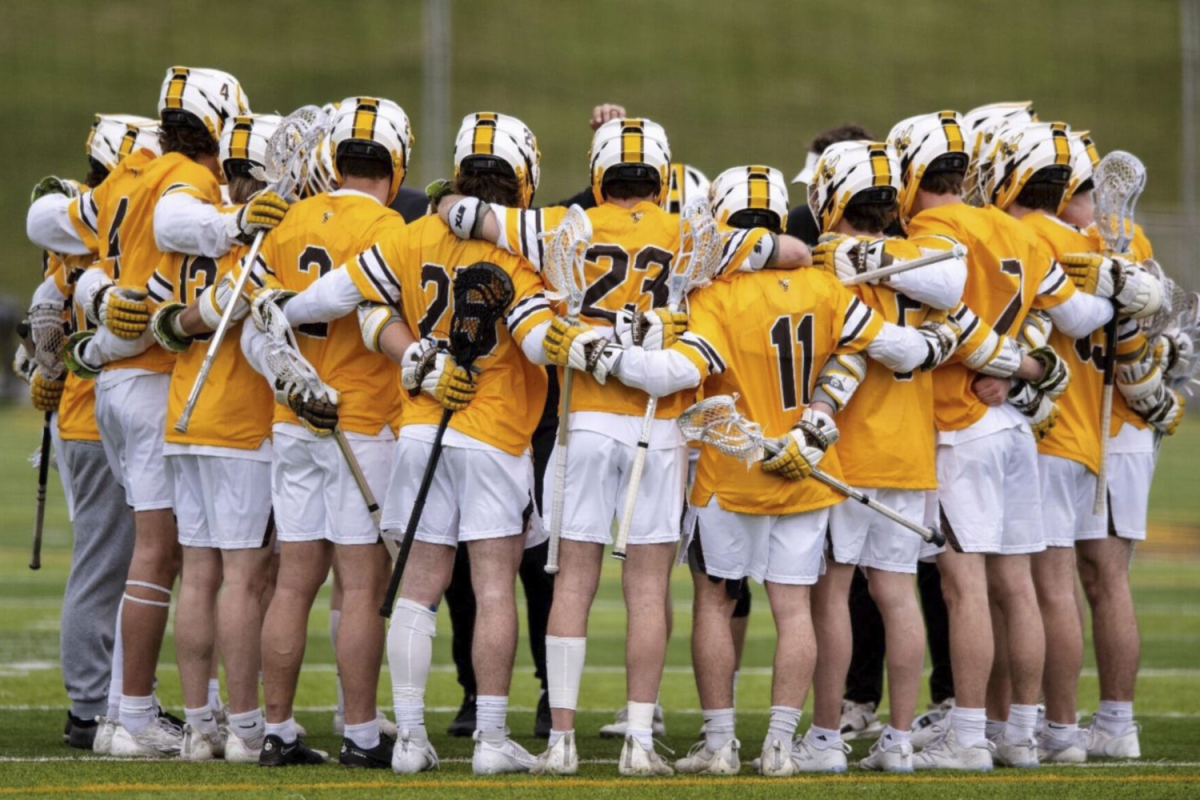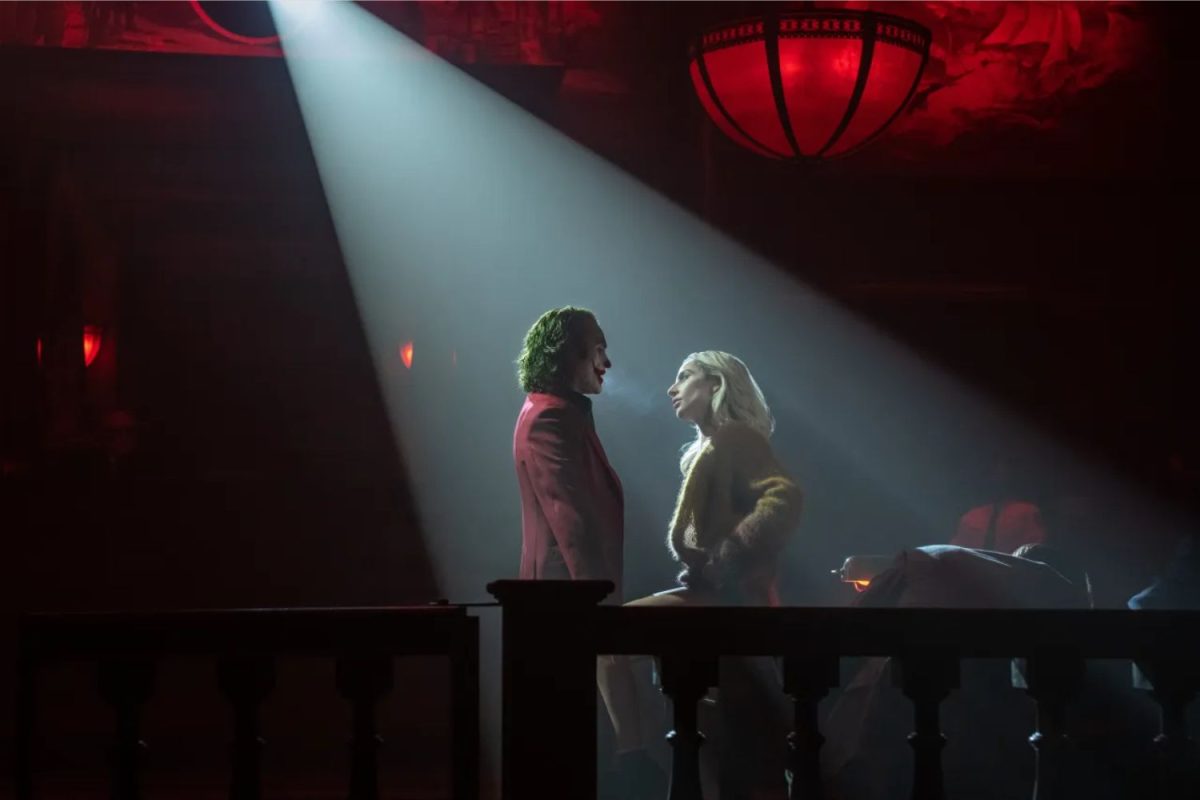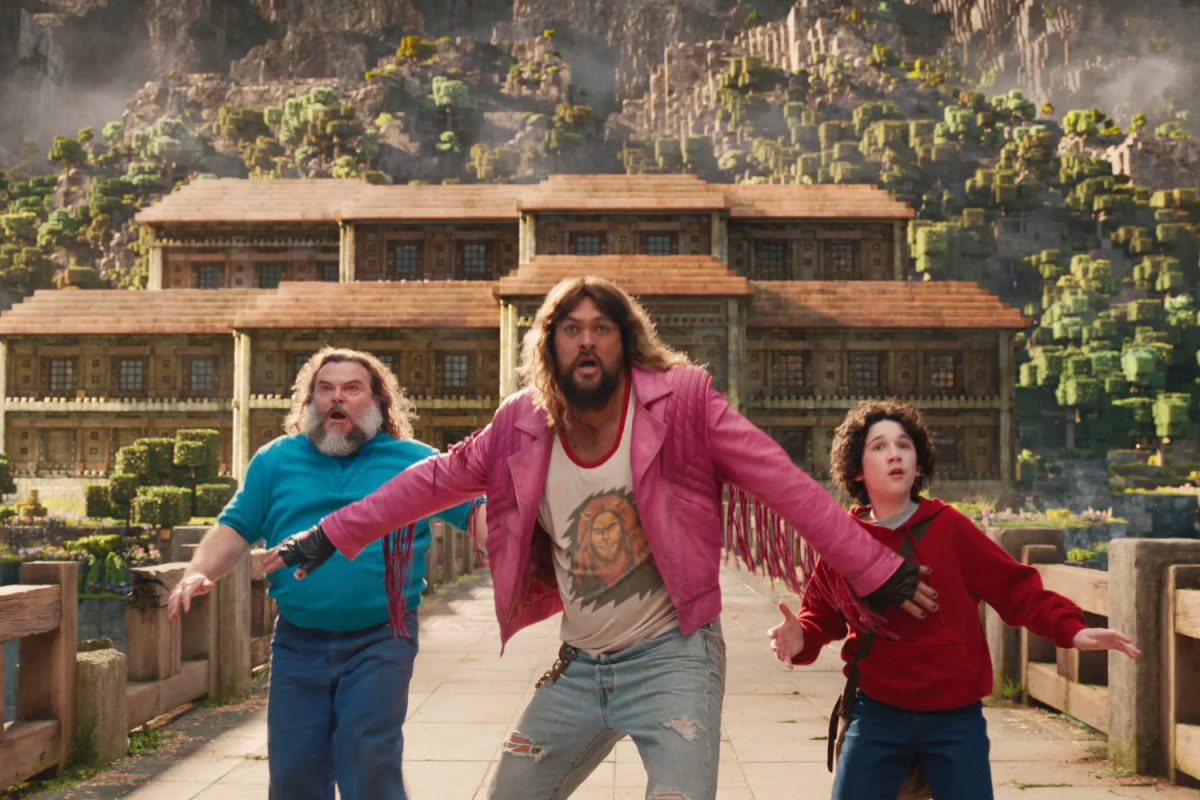Coming out of the 2019 “Joker” I remember having mixed feelings. On one hand, I felt like the movie was well shot, told an engaging enough story and had several memorable moments to make it worth the trip to the theater. On the other hand, though I could not help but think – why? Why did this have to be a Joker movie?
I have never been one to say that adaptations must stick to the source material, but after hearing how close the first “Joker” was to “Taxi Driver” and “The King of Comedy,” the more I thought about what the character of Joker really offered to this film. I eventually concluded that it was simply a coat of paint that they put on the movie to make it more marketable to wider audiences, which definitely worked, at least the first time.
“Joker: Folie à Deux” returns to the character of Arthur Fleck, played by Joaquin Phoenix, having been put in prison for murdering a night show host on live TV after confessing to the murders of several others earlier in the film. His lawyer is seeking to avoid him getting the death penalty by pleading that Fleck suffers from multiple personalities, and that this Joker persona is not his true self.
Along the way, Fleck meets a fellow inmate and fan of the Joker, Harleen “Lee” Quinzel, played by Lady Gaga, who, like many others on the outside, feels a special connection to the Joker they saw on TV in the original, hence the subtitle Folie à Deux, or madness of two.
The film is noticeably more confined than the original, taking place primarily in two locations: Arkham Asylum and the courthouse. The only major escape that is offered from these settings is in fantasy sequences where we go into Fleck’s mind, where he is often accompanied by Lee as well.
It is within these scenes where the musical numbers, that garnered a lot of discussion prior to the movie, occur. I went in hopeful about these scenes, wanting them to demonstrate a particular style or reason as to why they were being used. Unfortunately, though, a majority of the songs only served to lengthen the runtime and added very little substance to the film.
Even stranger is the fact that they were often extremely short, making them feel like they were tiny distractions between scenes. The only one that actually landed for me is one that comes about three-fourths into the film, in which the scene itself is much longer and does help to heighten some of the emotions that Fleck is feeling in the moment.
Beyond the musical scenes, I think this film is very similar to the first in the sense that it is extremely well-shot, is sporadically engaging and has one of two memorable moments; however, this clearly is not a ringing endorsement. What made the film at least a bit more interesting was that it no longer followed closely behind films that came before it and instead primarily served as a retrospection on the first film.
This take offers some criticisms for many of the perspectives that were had on the original. It offers an interesting take on doing a sequel, but it also comes across as an ill-willed pushback on both the audience and the studio for wanting a sequel to a film that was not planned.
Ultimately, if this pushback had been in a more entertaining package, I would have been right highly welcoming of it, but instead I was sitting in my seat, only mildly entertained that it was grazing these ideas while still wondering why any of this had to use the Joker.
“Joker: Folie à Deux” is available to watch in theaters now.

